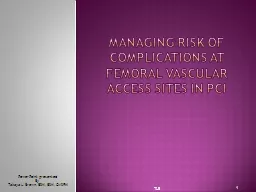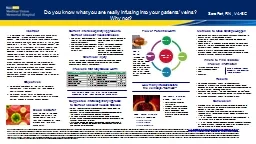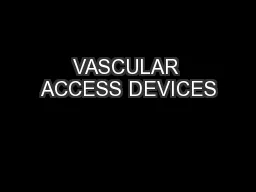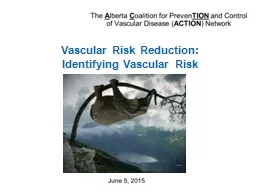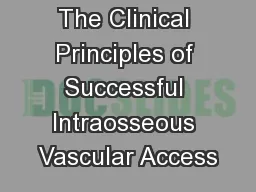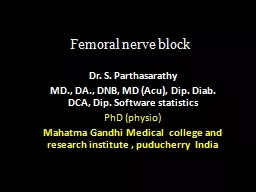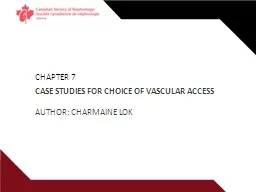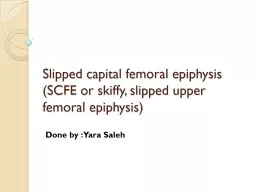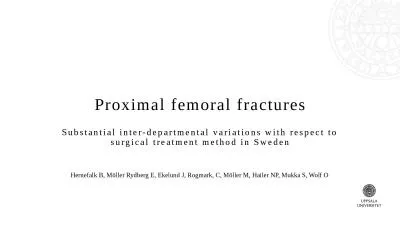PPT-Managing risk of complications at femoral vascular access s
Author : briana-ranney | Published Date : 2016-06-24
1 TLB PowerPoint presented By Takaya L Brown BSN BSN CMSRN What is PCI Percutaneous Coronary Intervention a nonsurgical procedure that is done to open narrowed
Presentation Embed Code
Download Presentation
Download Presentation The PPT/PDF document "Managing risk of complications at femora..." is the property of its rightful owner. Permission is granted to download and print the materials on this website for personal, non-commercial use only, and to display it on your personal computer provided you do not modify the materials and that you retain all copyright notices contained in the materials. By downloading content from our website, you accept the terms of this agreement.
Managing risk of complications at femoral vascular access s: Transcript
Download Rules Of Document
"Managing risk of complications at femoral vascular access s"The content belongs to its owner. You may download and print it for personal use, without modification, and keep all copyright notices. By downloading, you agree to these terms.
Related Documents

